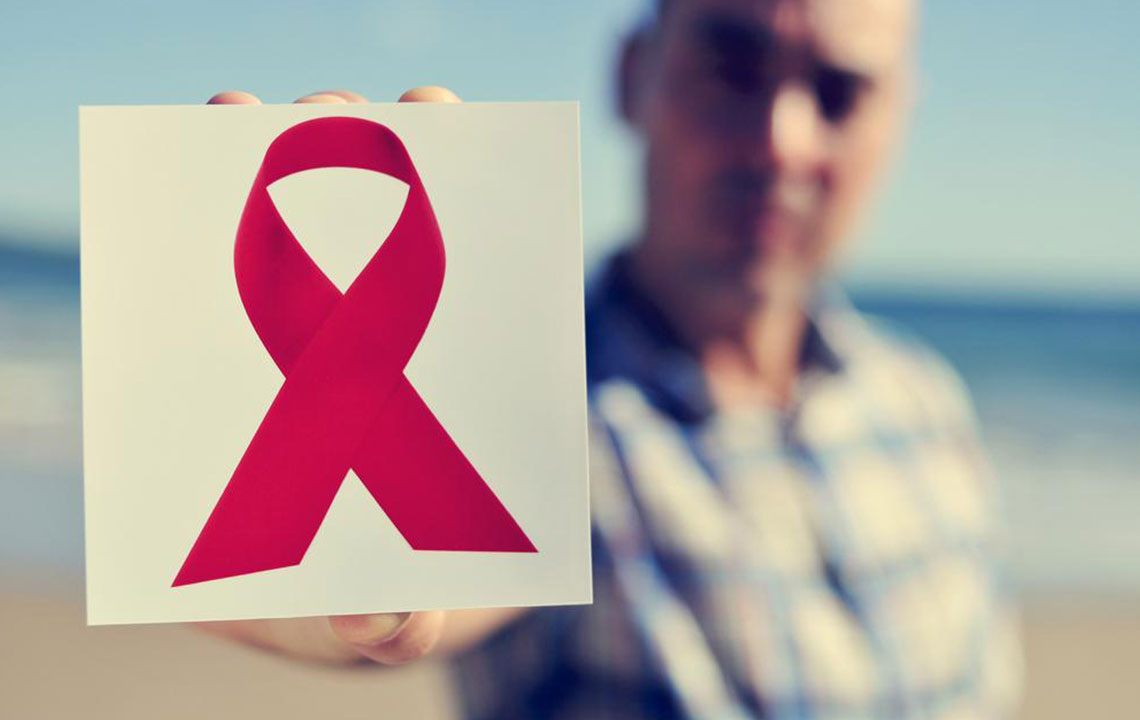Understanding Herpes: Causes and Symptoms
This article explores the causes and symptoms of herpes, highlighting transmission risks, signs to watch for, and the importance of early diagnosis. It aims to educate readers on herpes management and prevention from a medical perspective.

Understanding Herpes: Causes and Symptoms
Herpes affects individuals across all age groups, including children. Contracting the virus early in life often means carrying it lifelong unless properly managed. The likelihood of infection increases when in close contact with someone experiencing active outbreaks.
Engaging in oral sex with someone who has cold sores can lead to genital herpes. This risk is higher if sexual activity begins early or involves multiple partners. Women, especially with weakened immune systems, are more vulnerable to developing genital herpes.
Moreover, existing sexually transmitted diseases (STDs) can increase herpes susceptibility. During childbirth, if a pregnant woman experiences an outbreak, the baby may be exposed to HSV, risking significant health complications. Statistically, about 20% of sexually active adults in the US carry HSV-2. Transmission can also occur even without visible sores.
After infection, HSV tends to remain dormant in nerve cells, making it difficult to eradicate. Certain activities, such as stress, illness, hormonal changes, sun exposure, or surgery, can reactivate the virus, leading to symptomatic outbreaks.
Signs of herpes include:
Some individuals show symptoms, while others remain asymptomatic. Common signs involve blisters or sores around the mouth, genitals, or rectal area. These blisters may burst, forming painful spots or ulcers.
Many confuse herpes symptoms with other skin conditions, delaying diagnosis. Key indicators include:
Multiple blisters forming around the affected site.
An outbreak causing painful sores, sometimes accompanied by flu-like symptoms such as fever and body aches during initial episodes.
Recurring outbreaks, often less severe over time, with a decrease in frequency varying among individuals.
Genital herpes recurrent episodes often include painful urination.
Note:
Our blog offers extensive insights into health topics, providing practical information for readers. However, content should not replace professional medical advice. The website is not responsible for differences in data or inaccuracies across platforms. Additionally, some offers or schemes may not be covered here but could be more advantageous.










